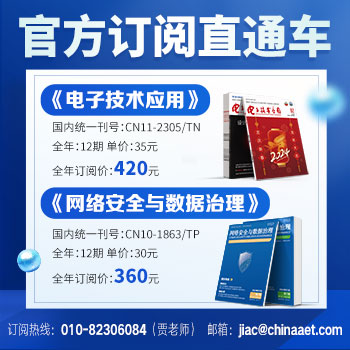一种基于点云实例分割的六维位姿估计方法
网络安全与数据治理
周剑
苏州深浅优视智能科技有限公司
摘要: 提出了一种基于SoftGroup实例分割模型和PCA主成分分析算法来估计物体位姿的方法。在工业自动化领域,通常会为诸如机器人、机械臂配备视觉系统并利用二维图像估算目标物体位置,但当目标物体出现堆叠、遮挡等复杂场景时,对二维图形的识别精度往往有所下降。为准确、高效地获取物体位置,充分利用三维点云数据的高分辨率、高精度的优势:首先将深度相机采集到的RGB-D图像转为点云图,接着利用SoftGroup模型分割出点云图中的目标对象,最后用PCA算法得到目标的六维位姿。在自制工件数据集上进行验证,结果表明对三种工件识别的平均AP高达97.5%,单张点云图识别用时仅0.73 ms,证明所提出的方法具有高效性和实时性,为诸如机器人定位、机械臂自主抓取场景带来了全新的视角和解决方案,具有显著的工程应用潜力。
中图分类号:TP391文献标识码:ADOI:10-19358/j-issn-2097-1788-2024-05-006
引用格式:周剑.一种基于点云实例分割的六维位姿估计方法[J].网络安全与数据治理,2024,43(5):42-45,60.
引用格式:周剑.一种基于点云实例分割的六维位姿估计方法[J].网络安全与数据治理,2024,43(5):42-45,60.
6D pose estimation based on point cloud instance segmentation
Zhou Jian
DEEPerceptron Tech
Abstract: This paper proposes a method based on the SoftGroup instance segmentation model and Principal Component Analysis (PCA) algorithm for estimating object poses. In the field of industrial automation, visual systems are often equipped on robots and robotic arms to estimate the position of target objects using 2D images. However, in complex scenarios such as stacking and occlusion, the recognition accuracy of 2D images tends to decrease. To accurately and efficiently obtain object positions, this paper fully leverages the high-resolution and high-precision advantages of 3D point cloud data. Firstly, RGB-D images captured by a depth camera are converted into point cloud images. Then, the SoftGroup model is employed to segment the target objects in the point cloud image, and finally, the PCA algorithm is used to obtain the six-dimensional pose of the target. Validation on a self-made dataset shows an average AP of 97.5% for the recognition of three types of objects. The recognition time for a single point cloud image is only 0.73 ms, demonstrating the efficiency and real-time capability of the proposed method. This approach provides a new perspective and solution for scenarios such as robot localization and autonomous grasping of robotic arms, with significant potential for practical engineering applications.
Key words : point cloud data; SoftGroup instance segmentation; 6D pose estimation
引言
近年,随着激光扫描仪、相机、三维扫描仪等硬件设备的发展与普及,点云数据的获取途径变得更加多样,数据获取的难度不断降低。相较于二维图像,三维点云数据具备无可比拟的优势。其高分辨率、高精度、高纬度的特性赋予点云数据更为丰富的空间几何信息,能够直观地表达物体的形状特征。近年来,点云数据在工业测量、机械臂抓取、目标检测、机器人视觉等领域得到了广泛应用[1–3]。
在工业自动化领域,通常需要先获得物体的位姿信息再进行后续抓取动作。自动抓取物体可分为结构化场景和非结构化场景。在结构化工作场景中,机械臂抓取固定位置的物体,该模式需要进行大量调试和示教工作,机械臂只能按照预设程序进行工作,缺乏自主识别和决策能力,一旦目标物体发生形变或位置偏移,可能导致抓取失败;在非结构化场景中,通常为机械臂配备视觉感知硬件和目标检测算法,以使机械臂能够感知并理解相对复杂的抓取环境。然而,在实际复杂的抓取场景下(如散乱、堆叠、遮挡),常见的目标检测方法如点云配准[4]、二维图像实例分割[5]的精度有所下降,从而影响抓取效率[6]。
本文详细内容请下载:
https://www.chinaaet.com/resource/share/2000006014
作者信息:
周剑
(苏州深浅优视智能科技有限公司,江苏苏州215124)

此内容为AET网站原创,未经授权禁止转载。

